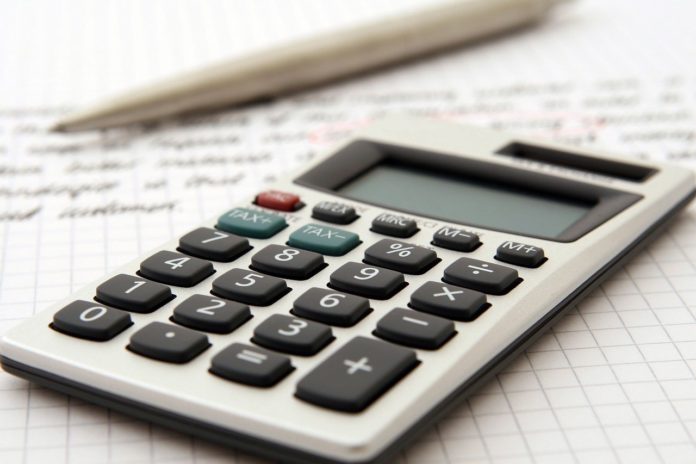Rarely a day goes by without headlines about the cost of living crisis, and for millions of Brits, it has had a catastrophic impact on their lives. With the prices of many everyday essentials (like food and bills) rising faster than household incomes due to rampant inflation, the crisis, which began in late 2021, has resulted in a fall in real income. Consequently, many are unable to afford the things they need day in, and day out.
The effects of this are stark, with a significant number of people regularly going without food and energy, and many having to take on debt to afford everyday necessities, putting them in financial difficulty. Not only has the cost of the living crisis resulted in a concurrent mental health crisis of ‘pandemic proportions’, but some are predicting that people are ‘likely to die this winter’ because of the situation, as many become forced to choose between heating and food.
One solution suggested by some economists — in addition to the opposition — to help ease the crisis is to cut VAT in order to lower household costs. What are the merits of this approach, and could it be the key to helping millions of people get through the winter?
Table of Contents
What is VAT?
VAT stands for Value Added Tax, a general tax that’s applied to almost all goods and services in the UK. Certain kinds are exempt, however, including most supermarket food, medical supplies, and Post Office services. VAT is an indirect tax considering it is collected by businesses VAT on behalf of the government, which automatically adds it to the goods and services they sell.
The current standard rate of VAT is 20%, though certain goods and services enjoy a reduced rate of 5%, such as home energy and children’s car seats.
VAT cuts
A VAT cut can encompass a universal cut to all goods and services or a reduction in the rate for individual types. The most recent example of the latter type happened in 2020 when the VAT rate was cut from 20% to 5% for hospitality, tourism, and accommodation businesses in order to promote growth in these industries during the pandemic.
How could VAT cuts help with the cost of living?
The driving logic behind VAT cuts easing the cost of living crisis is simple: reducing the rate people pay on goods and services makes them cheaper, giving the public more disposable income. More broadly though, VAT cuts can drive spending in the economy and bolster output through the multiplier effect, as in theory, they’ll be more work for these producing goods and services, giving them more disposable income too.
VAT cuts are also fairly easy to put into effect and tend to be popular with the public, meaning they’re a quick win politically as well.
The effect on businesses
It’s not just individuals that stand to benefit from VAT cuts, but businesses too, which are also struggling with the cost of living crisis. While companies don’t actually pay VAT themselves, many do so initially on goods and services before claiming it back from HMRC. However, it can take up to 30 days for this money to return, leaving them with a deficit. As tax credit specialist Adsum explain, many rely on loans to help them “bridge the gap”, however, interest on these loans can be high. By cutting VAT, businesses may not have to take out such loans, or even pay VAT at all if it’s removed completely.
Are there any drawbacks to this approach?
Unfortunately, though, there are potential drawbacks to VAT cuts. One is that they could actually cause inflation to rise to see as increased demand for costs of goods and services can lead to prices going up. It’s also only a temporary fix, as when any VAT cut is undone, prices will likely surge, again leading to inflation.
In addition, businesses wouldn’t legally be obliged to pass VAT cuts onto the public as reduced prices, something that would cut into tax revenues, while the approach may also fail to benefit the right people if not targeted.
What alternative measures might be better?
Some other ways the government could help ease the crisis include:
Scrap the national insurance rise
It was announced in April that National Insurance contributions were to be increased by 1.25% to 13.25%. By scrapping this, individuals could save hundreds of pounds a year, though this is dependent on what they earn. Prime Minister Liz Truss has already promised to introduce this measure in the future.
The main drawback of this solution, however, is that it would take away funding for the NHS and social care.
Lower income tax
The government has promised to cut the basic rate of income tax from 20 to 19p in the pound before spring 2024. By bringing this forward though, it could put more money in the pockets of people right away.
That said, this move wouldn’t help the lowest income brackets who are below the threshold and don’t pay income tax, or those on fixed incomes, such as pensioners.
Increase Universal Credit
There have been calls by some to re-introduce the £20-a-week uplift in Universal Credit implemented at the beginning of the pandemic to help those on low incomes.
This move would certainly provide direct, targeted help, but it’s unclear whether the government would introduce this.
So, is VAT the key to easing the cost of living crisis?
All in all, it appears that VAT isn’t the key to easing the cost of living crisis, but it certainly could provide some spending relief to the public. Perhaps the most logical solution would be to introduce targeted VAT cuts for necessities like energy bills, a suggestion put forward by Labour in January 2022.














